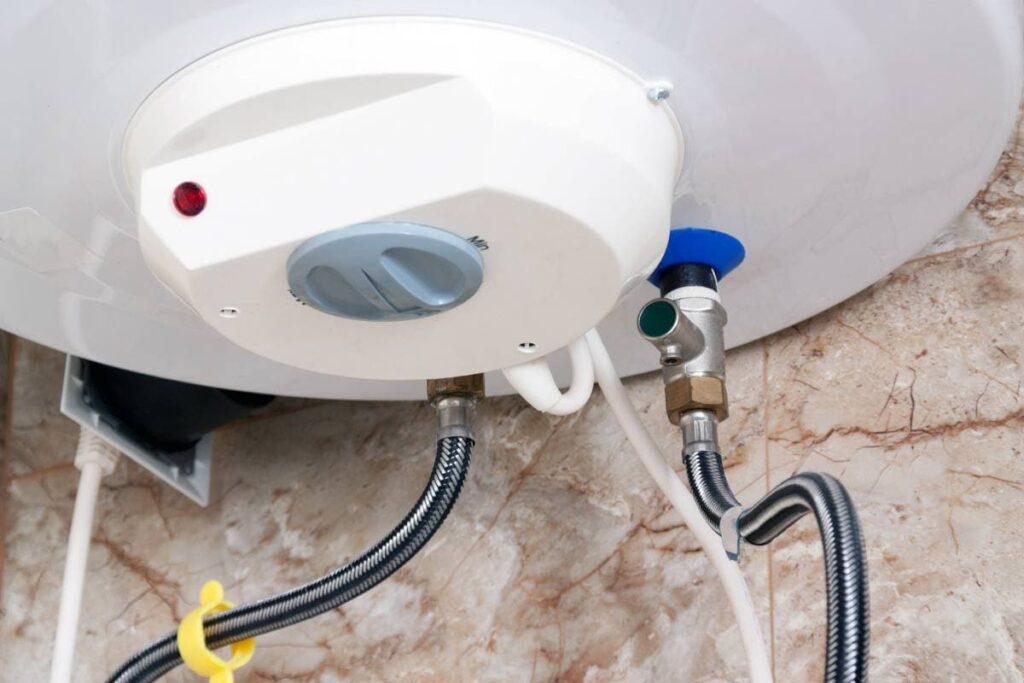Presented here further down you can discover lots of exceptional insights around How to Maintain Your Water Heater & Prolong its Life.

Warm water is vital for day-to-day convenience, whether it's for a revitalizing shower or washing dishes. To ensure your hot water system runs efficiently and lasts much longer, normal maintenance is vital. This article gives practical tips and insights on how to maintain your home's warm water system to prevent disruptions and pricey repair services.
Introduction
Preserving your home's hot water system may appear difficult, but with a couple of basic actions, you can guarantee it runs efficiently for several years ahead. This guide covers every little thing from comprehending your hot water system to DIY upkeep ideas and understanding when to hire expert aid.
Importance of Keeping Your Hot Water System
Normal upkeep not only prolongs the lifespan of your warm water system yet likewise guarantees it operates efficiently. Ignoring maintenance can cause decreased efficiency, greater energy costs, and even premature failing of the system.
Signs Your Warm Water System Requirements Upkeep
Knowing when your warm water system requires attention can stop significant problems. Keep an eye out for signs such as irregular water temperature level, strange noises from the heating system, or rusty water.
Recognizing Your Warm Water System
Before diving into upkeep jobs, it's useful to recognize the basic elements of your warm water system. Typically, this includes the water heater itself, pipelines, anode poles, and temperature level controls.
Monthly Maintenance Tasks
Routine month-to-month checks can aid capture minor issues prior to they rise.
Purging the Hot Water Heater
Purging your water heater removes sediment buildup, enhancing performance and lengthening its life.
Monitoring and Changing Anode Rods
Anode poles protect against corrosion inside the tank. Checking and changing them when worn is vital.
Evaluating and Readjusting Temperature Level Setups
Adjusting the temperature settings ensures optimal performance and safety.
DIY Tips for Upkeep
You can execute numerous upkeep jobs on your own to keep your hot water system in top condition.
Looking for Leakages
On a regular basis evaluate pipes and links for leakages, as these can cause water damage and higher expenses.
Checking Stress Relief Valves
Testing the stress safety valve guarantees it works properly and avoids extreme pressure buildup.
Insulating Pipelines
Shielding hot water pipes reduces heat loss and can conserve power.
When to Call an Expert
While DIY maintenance is useful, some problems require professional proficiency.
Complex Concerns Needing Professional Aid
Instances include major leakages, electrical problems, or if your hot water heater is constantly underperforming.
Routine Specialist Upkeep Advantages
Professional upkeep can include thorough examinations, tune-ups, and making sure compliance with safety criteria.
Conclusion
Normal maintenance of your home's warm water system is necessary for effectiveness, durability, and expense savings. By adhering to these pointers and understanding when to seek specialist assistance, you can guarantee a reputable supply of hot water without unexpected interruptions.
How to Maintain an Instant Hot Water Heater
Before tinkering with your hot water heater, make sure that it’s not powered on. You also have to turn off the main circuit breaker and shut off the main gas line to prevent accidents. Also turn off the water valves connected to your unit to prevent water from flowing into and out of the appliance. 2. When you’re done, you have to detach the purge valves’ caps. These look like the letter “T†and are situated on either side of the water valves. Doing so will release any pressure that has accumulated inside the valves while at the same time avoid hot water from shooting out and burning your skin. 3. When the purge valves’ caps are removed, you have to connect your hosing lines to the valves. Your unit should have come with three hoses but if it didn’t, you can purchase these things from any hardware or home repair shops. You can also get them from retail stores that sell water heating systems. Read the user’s manual and follow it to complete this task properly. When the hosing lines are connected, open the purge port’s valves. 4. You should never use harsh chemical cleaners or solutions when cleaning your unit. Make use of white vinegar instead. It should be undiluted and you’ll probably use about 2 gallons. 5. Now flush your water heater. This task should probably take about 40 minutes. We can’t give you specific directions for this because the procedure is carried out depending on the type, model and brand of your heater. With that being said, refer to the user’s manual. 6. When you’re done draining the unit, you have to turn off the purge port valves again. Remove the hosing lines that you earlier installed on each of the water valves. Put the valve caps (purge port) back in their respective places and be very careful so as not to damage the rubber discs that are found inside these caps. 7. Now that everything’s back in place, check your user’s manual again to find out how to reactivate your water heating system. 8. Once it is working, turn one of your hot water faucets on just to let air pass through the heater’s water supply pipes. Leave the tap on until water flows smoothly out of it. https://www.orrplumbing.com/blog/2014/september/how-to-maintain-an-instant-hot-water-heater/

Do you like reading about Tips on Maintaining a Water Heater? Give a remark below. We would be delighted to see your opinions about this article. We hope that you come back again in the near future. In case you enjoyed our blog entry please do not forget to share it. I cherish your readership.
Click For More Info